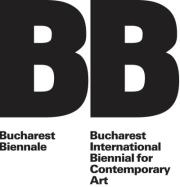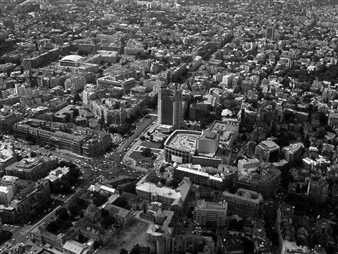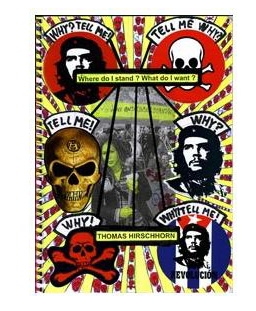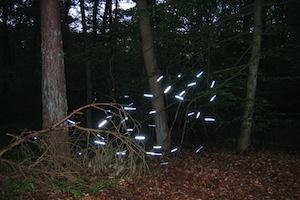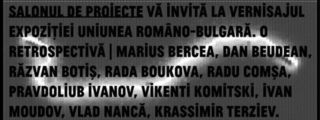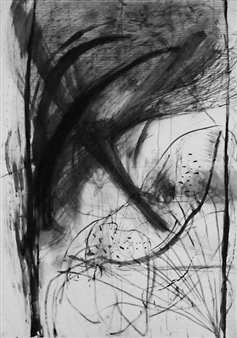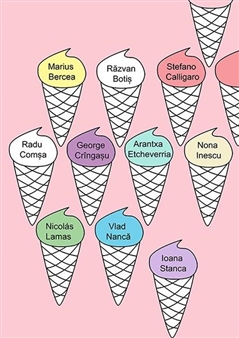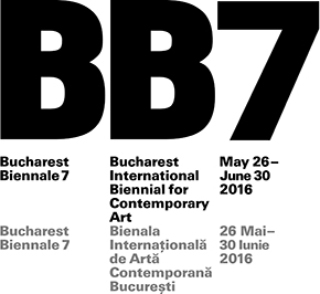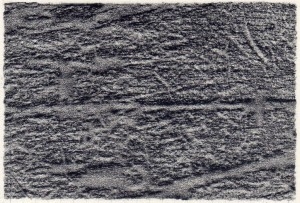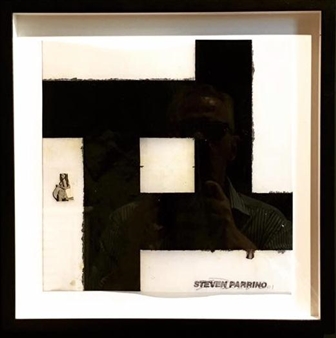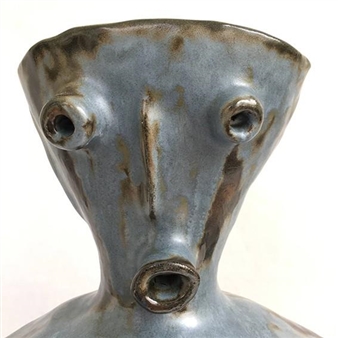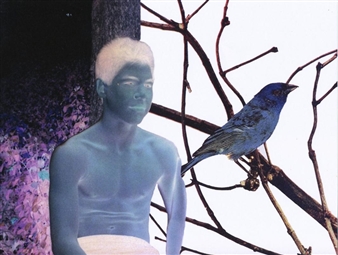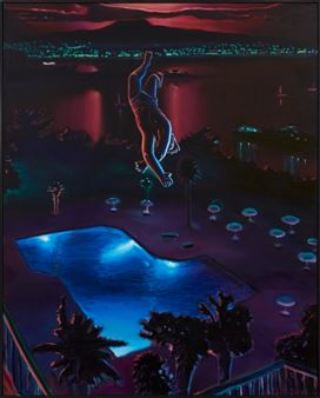Teodor Graur and Cristian Rusu: M

Galeria Plan B, Cluj, Cluj, Cluj-napoca, 06/10/2016 - 07/31/2016
Str. Henri Barbusse 59-61
The exhibition M speaks of two approaches to the notions of monument and monumentality – the recodification of space as a relic of the past (Cristian Rusu) and the recasting of objects as cultural symbols of the present (Teodor Graur). The organization of the exhibition into these two approaches offers an experience of oscillating between meditating on the ruin and tackling the carefully devised utopia of the “interior monument”, both stances being indicated by the graphical sign of the title (M for modernism, melancholy, monument). Cristian Rusu integrates the traumatic implications of the ruin in a nostalgic architectural space, defined by Andreas Huyssen as a “utopia in reverse”, a palimpsest of images about history, orienting the desire for other times and other places. In „Nostalgia for Ruins”, Huyssen describes the ruin as follows: “In the body of the ruin the past is both present in its residues and yet no longer accessible, making the ruin an especially powerful trigger for nostalgia. […] This contemporary obsession with ruins hides the nostalgia for an earlier age that had not yet lost its power to imagine other futures.” The paradoxical conflation between the past and the future on the unstable ground of the ruin projects new fields of discourse on memory, residues of perception and imaginary spaces. By peering askew through the cracks of the ruin, space becomes “a different kind of space” and time turns into a limitless, elastic instrument. The installation-like assembly of objects signed by Teodor Graur creates an "island" dedicated to the modernist imaginary, to the ideals about society and to the material recovered from a yet uncategorized history. Each monument seems to have lived nine lives, proving an almost heroic resilience but also adaptability. Their corporeality is not passive, but ever-changing, in relation to contemporary elements and codes, connecting the historical avant-garde and its artistic landmarks to present-day utility object. The artist's affectionate and occasionally ironic relation to the objects collected, dislocated, transformed, and recycled is visible in his installations which stand for a wide variety of monuments ranging from "ecological monuments" to "funerary monuments" or the Big Brother Monument dedicated to the ubiquitous eye. The historical photographs La nave (1987) mark a parallel insertion in the exhibition, juxtaposing two realities, inseparable by virtue of their subversive nature. The two artists, of different generations and artistic practices, pursue a reconsideration of modernism through the specific language thereof, as an inexhaustible phenomenon which left indelible traces. At the same time they open a collective space for reflection which speaks about a past that cannot be accessed in its entirety. The incomplete or perishable monument can equal a utopia crafted from the ruins tomorrow.
For More Information